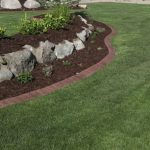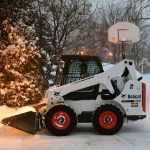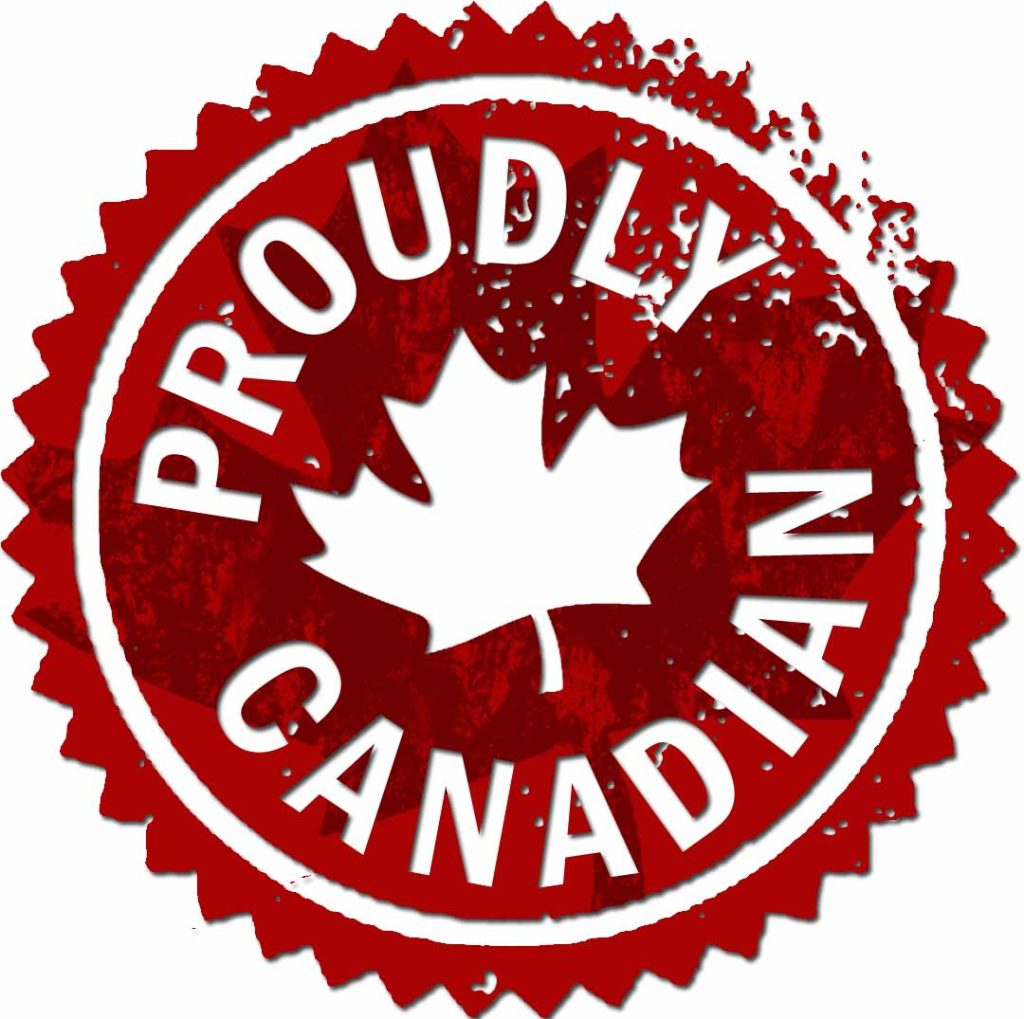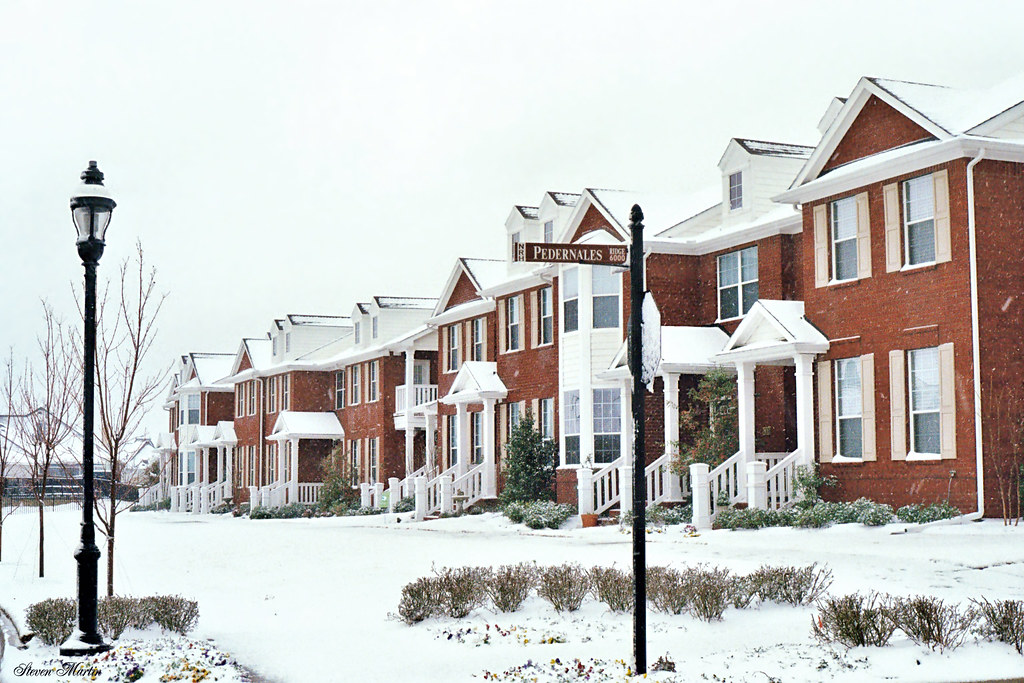Winter-Ready Properties: Your Complete Pre-Snow Maintenance Guide
Protect Your Investment Before Winter Weather Strikes
Winter weather can be unforgiving to unprepared properties. From burst pipes that cost thousands in repairs to ice dams causing extensive roof damage, the consequences of inadequate winter preparation extend far beyond minor inconveniences. Smart property owners—both residential and commercial—understand that proactive maintenance isn’t just about comfort; it’s about protecting substantial financial investments.
The reality is stark: emergency winter repairs cost three to five times more than preventive maintenance and insurance claims spike by 40% during the winter months for properties lacking proper preparation. Whether you’re managing a single-family home or overseeing commercial real estate, this comprehensive guide ensures your property weathers the storm while maintaining its value.
The Foundation: Structural Integrity Assessment
Roof Inspection and Preparation
Your roof bears the brunt of winter’s assault. Begin with a thorough inspection focusing on these critical areas:
Immediate Action Items:
- Examine shingles for cracks, loose sections, or missing pieces
- Check flashing around chimneys, vents, and skylights for gaps or corrosion
- Inspect gutters and downspouts for proper attachment and alignment
- Clear all debris from roof surfaces and valleys
Professional contractors should address any structural concerns immediately. However, minor caulking around flashing and basic debris removal are suitable DIY tasks for confident homeowners.
Commercial Property Considerations: Flat or low-slope roofs require specialized attention. Schedule professional membrane inspection and ensure proper drainage systems are functioning. Standing water accelerates freeze-thaw damage exponentially.
Gutter System Optimization
Clogged gutters create ice dams—those destructive ridges of ice that force melting snow under shingles and into your property’s interior.
Essential Gutter Maintenance:
- Remove all leaves, twigs, and debris
- Test downspout flow with garden hose
- Secure loose brackets and repair sagging sections
- Install gutter guards if frequent clogging occurs
- Ensure downspouts direct water at least 6 feet from the foundation
Professional vs. DIY: Single-story residential properties with standard gutters are manageable DIY projects. Multi-story buildings, commercial properties, or complex rooflines require professional cleaning services for safety and thoroughness.
Critical Systems Protection
Plumbing Winterization Strategy
Frozen pipes represent one of winter’s costliest property threats. A single burst pipe can cause tens of thousands in water damage within hours.
Pipe Protection Protocol:
- Insulate exposed pipes in unheated areas (basements, crawl spaces, garages)
- Seal air leaks around pipes where they pass through walls
- Disconnect and drain outdoor water lines and sprinkler systems
- Install frost-proof exterior faucets or insulated covers
- Keep cabinet doors open during extreme cold to allow warm air circulation around the plumbing
Advanced Protection: Consider installing smart water sensors and automatic shut-off valves to enhance your protection. These systems detect leaks immediately and can prevent catastrophic damage when properties are unoccupied.
HVAC System Optimization
Heating system failure during peak winter creates emergencies requiring immediate, expensive solutions.
Heating System Checklist:
- Replace furnace filters (dirty filters reduce efficiency by up to 15%)
- Test heating system operation before temperatures drop
- Clean air vents and ensure furniture doesn’t block airflow
- Inspect and clean fireplace chimneys and dampers
- Program thermostats for optimal efficiency (68°F during the day, 60-65°F at night)
Energy Efficiency Focus: Seal air leaks around windows, doors, and electrical outlets. Weather stripping and caulking investments pay for themselves through reduced heating costs while improving comfort.
Exterior Property Preparation
Landscaping and Grounds Management
Proper landscape preparation prevents property damage and ensures a healthy spring recovery.
Garden and Lawn Preparation:
- Rake and remove fallen leaves (prevents lawn disease and pest harbouring)
- Trim tree branches near power lines or touching structures
- Drain and store garden hoses and outdoor furniture
- Apply winter fertilizer to lawns for spring health
- Protect sensitive plants with burlap or specialized covers
Tree Management: Dead or diseased branches become projectiles in winter storms. Professional arborists should evaluate large trees near structures, power lines, or high-traffic areas.
Driveway and Walkway Safety
Slip-and-fall liability exposure increases dramatically with winter weather. Proactive preparation reduces both legal risk and insurance premiums.
Surface Preparation:
- Repair cracks in concrete or asphalt (water infiltration causes expansion damage)
- Stock ice-melt products (avoid rock salt near vegetation)
- Ensure outdoor lighting illuminates all walkways
- Install non-slip mats at entrances
- Plan snow removal strategy and equipment needs
Commercial Property Considerations
Commercial properties face additional challenges requiring specialized attention:
Enhanced Requirements:
- Backup power systems testing and fuel supply verification
- Emergency contact lists are updated and distributed
- Tenant communication regarding winter policies and procedures
- Parking lot drainage assessment and repair
- Building envelope inspection for air infiltration
Liability Management: Document all maintenance activities. Comprehensive records demonstrate due diligence in the event of weather-related incidents.
Professional Services vs. DIY Assessment
When to Call Professionals
Specific tasks require specialized expertise, proper equipment, and insurance coverage:
Always Professional:
- Electrical system modifications or repairs
- Gas line work or heating system repairs
- Structural roof repairs or chimney work
- Commercial HVAC system maintenance
- Tree removal near power lines or structures
Suitable DIY Projects
Confident property owners can handle these maintenance tasks:
- Basic gutter cleaning (single-story only)
- Interior caulking and weather stripping
- Filter replacement and basic HVAC maintenance
- Garden cleanup and plant protection
- Minor concrete crack sealing
Your Winter-Ready Action Plan
60 Days Before First Snow
- Schedule professional roof and HVAC inspections
- Order heating fuel and test delivery systems
- Begin major landscaping preparations
30 Days Before First Snow
- Complete pipe insulation and outdoor water line draining
- Test heating systems and replace filters
- Stock ice-melt supplies and emergency materials
2 Weeks Before First Snow
- Final gutter cleaning and downspout testing
- Seal remaining air leaks and install storm windows
- Review emergency contact information and procedures
Maintenance Investment ROI
Professional winter preparation typically costs between $500 and $2,000 for residential properties and between $2,000 and $10,000 for commercial buildings. Compare this to average winter damage costs:
- Burst pipe repairs: $5,000-25,000
- Ice dam damage: $3,000-15,000
- Heating system emergency replacement: $8,000-20,000
- Slip-and-fall lawsuit settlements: $25,000-100,000+
The mathematics are clear: proactive maintenance delivers exceptional return on investment while providing peace of mind throughout winter months.
Beyond Survival: Thriving Through Winter
Properties that receive comprehensive winter preparation not only survive harsh weather—they maintain their value, reduce operating costs, and provide comfortable environments for occupants. Insurance companies often reward proactive property owners with reduced premiums, recognizing the correlation between maintenance and reduced claims.
Innovative property management means thinking beyond immediate needs to long-term value preservation. Winter preparation represents one of the most cost-effective investments property owners can make.
Ready to protect your property investment? The window for adequate winter preparation closes quickly as temperatures begin to drop. Don’t wait for the first snow warning to begin critical maintenance tasks.
Downloadable Winter Maintenance Checklist
Exterior Systems ✓
- Roof inspection completed
- Gutters cleaned and secured
- Downspouts tested and positioned
- Tree branches trimmed
- Outdoor furniture stored
- Garden hoses drained and stored
Interior Systems ✓
- The heating system was tested, and the filters were replaced
- Pipes insulated in unheated areas
- Air leaks sealed around windows and doors
- Thermostat programmed for efficiency
- Emergency supplies stocked
Safety and Legal ✓
- Ice-melt supplies purchased
- Outdoor lighting tested
- Emergency contact lists updated
- Insurance policies reviewed
- Maintenance activities documented
Professional consultations are recommended for complex systems or structural concerns.










